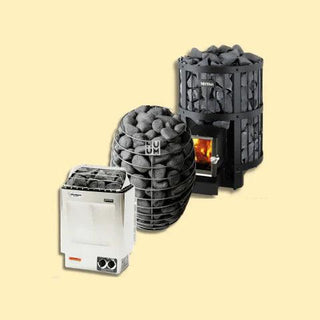Saunas and steam rooms are both popular for relaxation and health benefits, but they offer different experiences due to their distinct environments. Understanding these differences can help you choose the right option for your wellness needs.
The Heat Source and Environment
- Sauna: Saunas provide dry heat, typically from a wood or electric heater. The temperature ranges from 70°C to 100°C (158°F to 212°F). The low humidity level (5-30%) creates a dry environment. Saunas are traditionally made of wood, which absorbs the heat, creating a more tolerable atmosphere.
- Steam Room: Steam rooms generate 100% humidity with much lower temperatures, usually around 40°C to 50°C (104°F to 122°F). The high humidity creates a misty environment. They are typically tiled and well-sealed to contain the moisture.
Health and Wellness Benefits
- Sauna Benefits: The dry heat of a sauna can improve cardiovascular health, aid in muscle recovery, and relieve stress. It also promotes sweating, which helps detoxify the body.
- Steam Room Benefits: The moist heat is excellent for respiratory health, helping to clear sinuses and congestion. It also hydrates the skin, making it a popular choice for skin health.
User Experience and Comfort
- Sauna Experience: Saunas offer a more intense heat sensation. It’s important to stay hydrated and limit sessions to avoid overheating.
- Steam Room Experience: The moist air in steam rooms can feel more gentle, making it easier for longer sessions. However, the humidity can make it harder for some to breathe.
Sauna Place: Your Guide to Heat Therapy
At The Sauna Place, we provide both saunas and steam rooms, catering to your specific health and relaxation preferences. Our experts can help you understand the benefits of each and find the perfect fit for your lifestyle.
For more in-depth information and scientific references, check out the following studies:




